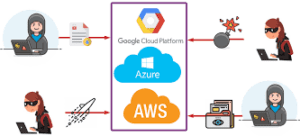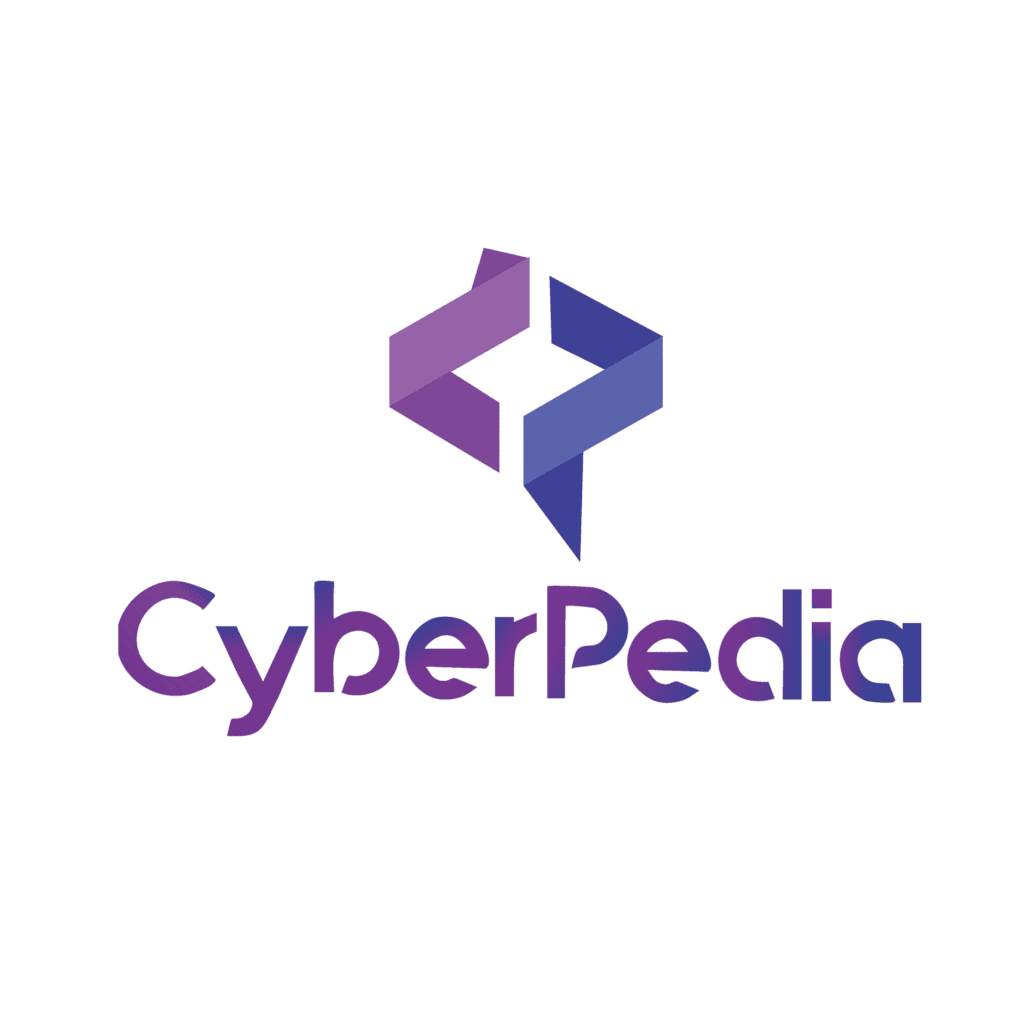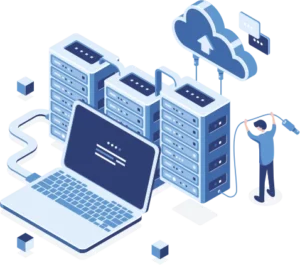In an era when businesses are increasingly shifting their operations to the cloud, security has become a major responsibility. Cloud computing offers remarkable flexibility, scalability, and cost-effectiveness, but it also poses new security challenges. One of the most effective strategies to protect your cloud infrastructure is to conduct cloud penetration testing. In this comprehensive tutorial, we’ll look at the essential features of cloud penetration testing, including its importance, benefits, types, and methodologies, all while maintaining industry-standard knowledge and relevancy

What is cloud penetration testing?
Cloud penetration testing, often known as cloud pen testing, is the process of simulating cyberattacks on cloud-based infrastructure, apps, or services in order to uncover potential vulnerabilities. The goal of pen testing is to exploit these vulnerabilities before hostile actors do, revealing how resilient a cloud system is to real-world threats.
Cloud setups might comprise virtual computers, databases, APIs, storage, and network configurations, all of which must be checked for security flaws.
What is the purpose of cloud penetration testing?
The primary goal of cloud penetration testing is to guarantee that the cloud environment is protected against potential cyber threats. While cloud providers often provide some amount of built-in security, the customer is ultimately responsible for cloud security. Penetration testing can help identify:
- Misconfigurations in cloud settings that may expose data or services.
- Cloud-based applications have vulnerabilities.
- Inadequate network security setups.
- Unpatched software or system components that may be abused.
The purpose is to simulate attacks on cloud resources and assess the organization’s ability to detect, prevent, and respond to those attacks.
Why is cloud penetration testing important?
As cloud adoption grows, so does the number of possible attack surfaces. Cybercriminals pose threats to cloud systems, and data breaches can be catastrophic, resulting in the loss of sensitive information, financial damage, and reputational impact.
Here’s why cloud penetration testing is crucial:
Finding security flaws: There may be flaws in even the finest cloud security procedures. A comprehensive pen test can help find vulnerabilities that were previously unknown.
Compliance Requirements: Penetration testing is required as part of security measures in many areas, including finance, healthcare, and retail, due to high compliance regulations (e.g., GDPR, HIPAA, PCI-DSS).
Mitigating Advanced Threats: Your defenses should advance together with the attackers.
Penetration testing shows you how well your defenses withstand cybercriminals’ latest strategies.
Enhancing Incident Response: Organizations can enhance their incident response skills and minimize delay and data loss in the case of an actual attack by routinely conducting penetration testing.
What are the Benefits of Cloud Penetration Testing?
Organizations can benefit from cloud penetration testing in the following ways:
- Improved Security Posture: Regular pen testing helps firms keep ahead of cyber attacks by finding vulnerabilities in cloud infrastructure and apps.
- Proactive Threat Management: By running penetration hacking simulations, firms can identify risks before they cause harm. This preemptive strategy saves time and resources.
- Compliance Fulfillment: Many regulatory frameworks mandate firms to perform frequent penetration tests. Meeting these criteria through cloud penetration testing helps firms avoid fines and remain compliant.
- Third-Party Assurance: When working with clients or partners, enterprises frequently need to show that their cloud infrastructure is secure. Penetration testing reports can provide this assurance, increasing confidence and reliability.
- Cost Efficiency: Detecting and addressing vulnerabilities early on using pen testing is significantly less expensive than dealing with the aftermath of a breach, such as legal bills, fines, and reputational harm.

Types & Methods of Cloud Penetration Testing
Cloud penetration testing is classified into various types and approaches, each of which is intended to examine specific components and levels of the cloud architecture. Let’s look at the primary approaches:
1. Black Box Penetration Testing.
Black box penetration testing requires no prior understanding of the cloud infrastructure. This sort of testing simulates an external attacker attempting to acquire illegal access without using insider information. It is important to determine how successfully an organization’s defenses withstand an outsider attack.
2. Whitebox Penetration Testing
Unlike black box testing, white box penetration testing gives the tester complete access to the cloud infrastructure’s architecture, including design documentation, network diagrams, and source code. This enables a thorough evaluation of the system to detect vulnerabilities that may not be obvious through external scanning. This form of testing is helpful for detecting underlying problems, such as misconfigurations or unsafe APIs.
3. Gray-Box Penetration Testing
Gray box penetration testing is a hybrid approach in which the tester is given limited information about the cloud environment, such as login credentials or restricted network access. It strikes a balance between the rigor of white box testing and the reality of black box testing, frequently revealing useful insights into potential insider threats.
Cloud Penetration Testing Methods
Manual Penetration Testing: skilled testers manually scan cloud applications and infrastructure for vulnerabilities, replicating the behaviors of real-world attackers. Manual testing is frequently employed in advanced cloud setups where automation may overlook nuanced vulnerabilities.
Automated penetration testing: Organizations can use automated technologies to scan their cloud infrastructure for known vulnerabilities. While automation can speed up the process, it may not be as thorough as manual testing; therefore, many experts recommend combining the two methods.
Security Challenges in Cloud Computing
Penetration testers face particular hurdles when it comes to cloud computing security. Some of the most typical challenges are:
1. Shared Responsibility Model:
Cloud providers handle some parts of security, but enterprises must secure their own data and applications in the cloud. Misunderstanding this can expose severe vulnerabilities.
2. Data Residency and Privacy:
Because many cloud systems store data in several geographical locations, privacy and data sovereignty concerns may arise.
3. Lack of Visibility:
Organizations may struggle to acquire complete visibility into their cloud infrastructures, making risk identification and mitigation more challenging.
4. Compliance Issues:
Compliance with industry regulations while using third-party cloud services might be difficult.
OWASP Cloud-Native Application Security:
The Open Web Application Security Project (OWASP) is in charge of the OWASP Cloud-Native Application Security Top 10 (CNAS Top 10), a project aimed at identifying the ten most serious security risks in cloud-native apps.
- The OWASP Cloud-Native Application Security Top 10 are as follows:
1. Insecure cloud, container, or orchestration configuration:
Misconfigurations can lead to vulnerabilities in cloud environments, containers, and containerized systems like Kubernetes. Improper installation, operating inappropriate services, or implementing weak control policies are some examples.
2. Injection flaws (app layer, cloud events, cloud services):
Injection includes inserting harmful code into a program. This can occur in a cloud-native environment in a variety of ways, including the application process itself, cloud events, and even vulnerabilities in the cloud services on which you rely.
3. Improper authentication & authorization:
weak authentication (such as using Basic Authentication) or insufficient security controls can enable unauthorized individuals to access sensitive data or apply for cloud-native transactions.
4. CI/CD pipeline & software supply chain flaws:
Security flaws in your continuous integration and delivery (CI/CD) pipeline may jeopardize your software. This may enable an attacker to inject malicious code into your program at an early stage.
5. Insecure secret storage:
API keys, passwords, and encryption keys are essential for cloud-native apps. When stored improperly (for example, in white paper), they might cause significant damage.
6. Over-permissive or insecure network policies:
Network policy governs how network traffic flows in a cloud environment. Overly permissive policies allow attackers to gain illegal access, while insecure policies might result in the disclosure of sensitive information.
7. Using components with known vulnerabilities:
Network policy governs how network traffic flows in a cloud environment. Overly permissive policies allow attackers to gain illegal access, while unsecured policies might result in the disclosure of sensitive information.
8. Improper asset management:
This refers to a lack of adequate product and cloud resource management (such as virtual machines and containers). Unmanaged or underutilized resources might be targeted by attackers and result in wasteful costs.
9. Inadequate ‘compute’ resource quota limits:
Cloud services let you set quotas for computational resources like CPU and memory. Insufficient quotas might result in an attack in which the attacker consumes all available resources, affecting the application’s performance.
10. Ineffective logging & monitoring (e.g., runtime activity):
Inadequate logging and monitoring techniques make it difficult to identify suspicious activity or security incidents in your cloud-native application.
How cyberpedia Can Help You Become an Expert in Cybersecurity
At Cyberpedia, we are dedicated to guiding individuals on their road to becoming experts in the changing world of cybersecurity. Whether you’re a beginner looking to learn the fundamentals of cybersecurity or an ambitious professional looking to master advanced abilities, our courses are tailored to your specific needs.
We provide cybersecurity courses from the foundations to advanced levels both offline and online, allowing you to learn at your own speed. Our courses cover a wide range of topics, from fundamental security concepts to sophisticated penetration testing and ethical hacking. Real-world case studies will provide you with practical, hands-on experience, preparing you for the job market.
In addition to offering a comprehensive cybersecurity education online, we provide exclusive cybersecurity internship opportunities through our parent firm, Invesics. These internships allow you to put your skills to use in real-world situations, working on live projects with the guidance of professional security experts. Our cybersecurity internships are meant to increase your confidence, improve your CV, and provide you with the professional experience necessary to stand out in the job market.
By enrolling in our programs, you’ll benefit from:
- Comprehensive training in areas like ethical hacking, VAPT, cloud security, and more.
- Hands-on experience through our practical labs and real-world case studies.
- A globally recognized ethical hacking certification that enhances your credibility.
- Cybersecurity internship opportunities with Invesics, bridging the gap between academic learning and professional application. You’ll gain exposure to real-world challenges and solutions, preparing you for a successful career.
- Personalized support and placement assistance to secure positions in the best cybersecurity firms.
Take the first step toward mastering cybersecurity and ethical hacking by joining our expert-led courses today! Whether you’re searching for an ethical hacking course in India, a cybersecurity internship, or an online cybersecurity course, we have got you covered.
Conclusion:
Cloud penetration testing is an important part of any comprehensive cloud security plan. Organizations that proactively identify and manage vulnerabilities can considerably minimize their risk of data breaches, operational disruptions, and regulatory noncompliance. Investing in cloud pen testing ensures the security and future of your cloud infrastructure.
Frequently Asked Questions:
1. What is cloud penetration testing?
Cloud penetration testing is the process of simulating cyber-attacks on cloud-based environments (like applications, networks, and infrastructure) to identify potential vulnerabilities and security weaknesses. It is performed to ensure cloud systems are secure from potential threats.
2. Why is cloud penetration testing important?
Cloud penetration testing is important because it helps organizations detect and address vulnerabilities before malicious actors can exploit them. It improves security posture, ensures compliance with regulations, and safeguards sensitive data in cloud environments.
3.Do you offer an ethical hacking course in India?
Yes, we offer the best ethical hacking course in India. This course covers everything you need to know about ethical hacking, including vulnerability assessments, penetration testing, and real-world hacking techniques.
4. What is the difference between black box and white box penetration testing?
- Black Box Penetration Testing: The tester has no prior knowledge of the cloud environment and attempts to exploit it like an external attacker.
- White Box Penetration Testing: The tester has full access to the system’s architecture, code, and design documents, allowing a deeper and more thorough examination of vulnerabilities.
5. What courses do you offer in cybersecurity?
We offer a range of cybersecurity courses covering everything from cybersecurity basics to advanced ethical hacking and penetration testing, VAPT, and other concepts. Our courses are designed for beginners, intermediates, and professionals looking to enhance their skills.
6.Can I take these courses online?
Yes, we offer a cyber security course online, making it convenient for anyone to learn at their own pace, regardless of location. Our online courses cover the same material as our in-person training and include hands-on labs and real-world case studies.




